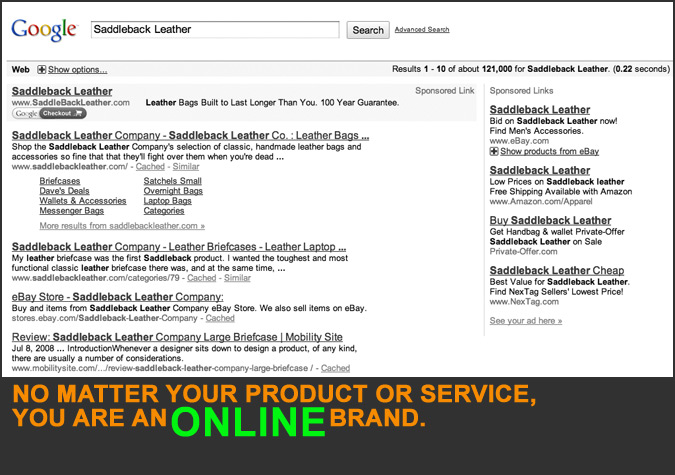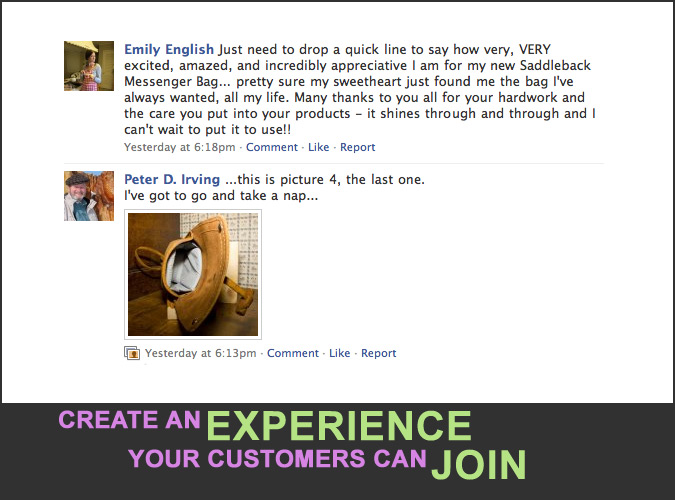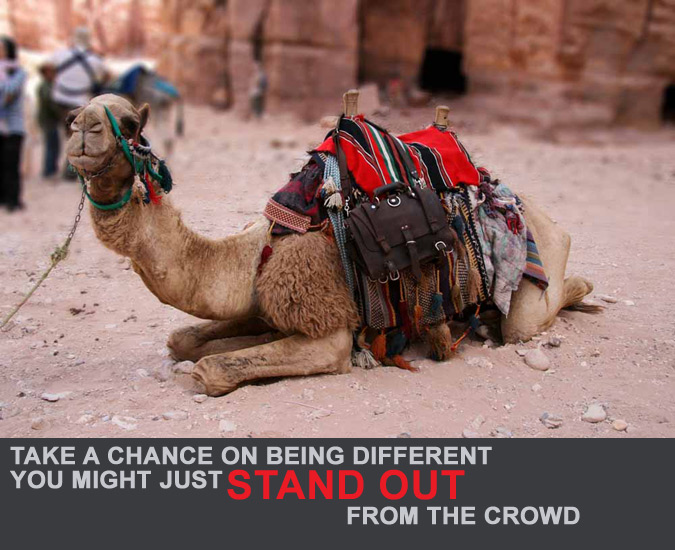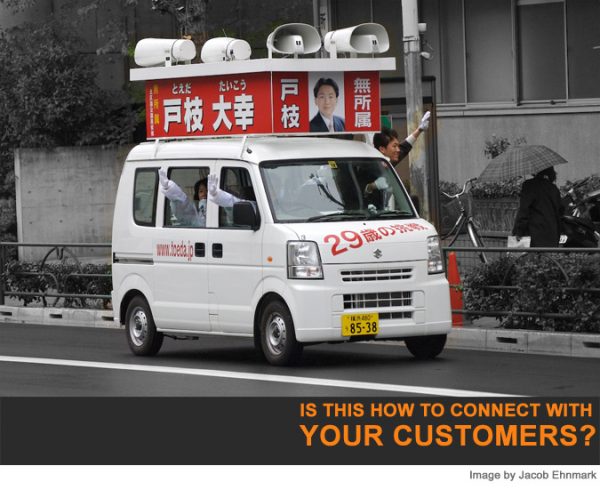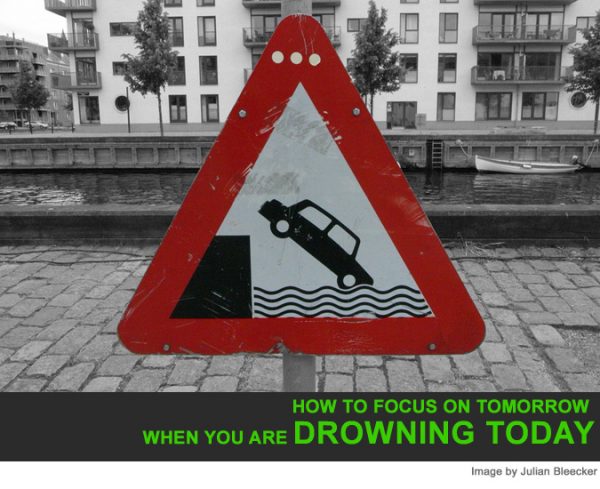Today, I want to profile how an a formerly brick and mortar business of private guitar instruction has translated into a revenue generating online business with thousands of customers. Included are key takeaways for business owners in other markets.
Years ago I noodled around with the guitar, making loud sounds, but never properly learning technique. Recently I began learning how to play guitar, and was amazed at how different the process is today than it was 20 years ago.
The Old Way
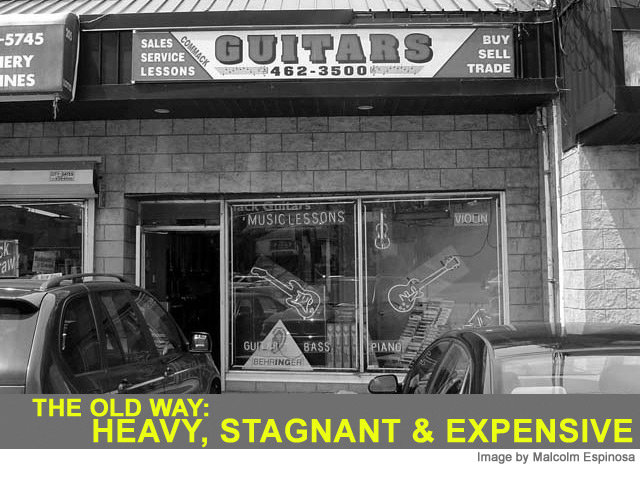
For years, private guitar instruction was offered through a local music store or from an independent instructor. Today, this would cost between $20-30 per half hour session. With that model, here are some things required from the service provider:
- You may need to own a storefront.
- To balance cost vs revenue, you will likely need to sell products that bring in customers and create new ones. This creates overhead, inventory capital & management expenses and perhaps the hiring of employees.
- Likely, paid advertising in local media outlets such as newspapers or cable TV would be requires, or perhaps sponsoring the local little league team or donating instruments to the elementary school band.
- Your potential client base is limited by the region you serve. To grow, you need to spend more time convincing people to play an instrument, or open up branches in neighboring towns.
- Every dollar you earn, is a dollar that you need to work for, or pay an employee to work. As you scale, you must scale the amount of money you put into the business and the amount of work it takes to coordinate.
- If a competitor opens up in town – especially a big chain like Sam Ash or Guitar Center, you could loose a sizable chunk of your business.
From the perspective of the student, there are requirements as well:
- You need to live within proximity of the instructor.
- Your choice of instructors is limited – you must choose someone who is close and affordable, but this might not be someone that resonates with your personality & musical style preference, or that teaches in a way that works best for you.
- You need to account for the travel time & expense to get to each lesson.
- You must schedule classes within the hours that the store offers lessons
- You pay each half hour you are taught. Even at a half hour a week, this could be $100 per month.
Clearly, the old way still works. This article is not trying to do away with the old model, I am simply illustrating how it can be a single part of a larger – and more profitable – system.
The New Way
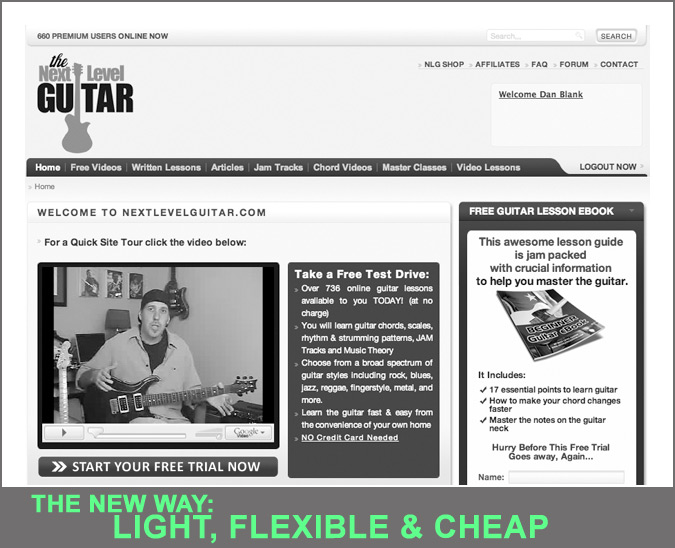
When picking up the guitar again, I first considered following that first path – finding a local instructor in order to learn the guitar. But then, I quickly realized how highly evolved the online courses have become.
My first stop was YouTube, and I typed in something simple like “Guitar Lessons.” 433,000 results. Wow. So I started clicking on some of the videos, and found them really clear and useful. I also liked how many of the instructors were regular people like me – not some slick professional production that made me feel removed from my distant goal.
I began refining my search, using different search queries. Within an hour, I had found some instructors that I liked, and some I didn’t. It wasn’t a scientific process, I went on my gut feeling.
I had a wide range choices in instructor personality, lesson types, music types, etc. To do a comparable comparison where I live, with an in-person instructor, would have taken a lot of time, effort and money.
I began noticing that some instructors were just folks who created a few videos in their spare time as a hobby, some had created a series, and others had created many videos that were clearly part of a professional instruction course. I sampled widely here for a few days, trying out lessons from many different people.
Once I decided that I wanted to take this seriously, I began focusing on those who offered a more comprehensive program. Clearly, I preferred free lessons, and sought those out first. They were good, but oftentimes didn’t provide a 100% clear path from beginner to master. So, I began looking at paid courses.
There are many online guitar courses, I want to dive deep into the one I selected. This does not mean it’s the best – there are many other great courses out there, the one I chose simply caught my eye, resonated with in terms of style and personality, and got me to give them my credit card number. That says something.
Case Study: Earning Money Online
Some of my favorite free courses on YouTube were by David Taub, whose YouTube channel is called “rockongoodpeople.” Here are a couple sample video lessons:
It’s not long before you realize he offers a paid service though his website NextLevelGuitar.com. Here are the basics of his business model (as far as I can tell):
- Create educational videos.
- Share these videos on popular channels such as YouTube. (note: YouTube is the world’s second largest search engine!)
- Give it away for free.
- Upsell to paid products that offer more structure, more customization, or completeness. They do so by directing potential customers to NextLevelGuitar.com on their videos. Their paid products include a monthly subscription to video lessons on their website or DVD’s of the lessons.
- Establish a relationship with current fans and find new ones by constantly creating and sharing new videos and educational materials.
- Strategically create and optimize these videos based on popular search queries – things people want to see.
- Create a forum to further engage fans and students.
- He still keeps his in-person one-on-one guitar lessons going.
Let’s model out a VERY conservative look at what Next Level Guitar could be earning from these efforts. They recorded about 700 videos, and I believe they did so in their home with a regular consumer video camera and other supplies. On the low end, this is what they could be earning: $250,000 per year. Let’s break it down:
- $237,000 per year in monthly subscription revenue. 660 premium users were online the other night, so I just multiplied that out by $30 per month, which is what they charge. Likely, their active subscriber base is more than 660 folks, but I’m working with what I know.
- $20,000 per year in DVD’s. This is assuming that they sell just 20 DVD packages per month at varying price points.
It should be noted that Next Level Guitar consists of only two people as far as I can tell. Likely, you can easily double or triple the amounts listed above and reasonably expect it to be more accurate. That’s about $500,000 – $750,000 per year. Keep in mind that much of this isPASSIVE income. They don’t have to sit there each day and teach you guitar, the 700 videos do that over and over again. This is what allows him to continue his in-person lessons.
So what are the benefits of a system like this? Here are some lessons that could help any brick and mortar business build their brand (and revenue streams) online:
- Credibility
This all started with David providing lessons locally in the traditional manner. Clearly, he is talented and a great instructor. When he moved that online, his online courses have given him national exposure and a brand that he can leverage to sustain his original business of working with students in person, and build new opportunities to expand his international brand.
- Word of Mouth Marketing
The web is inherently social, and when your business and products are there, online word of mouth becomes very powerful. Likewise, there are many music blogs, forums and websites that review Next Level Guitar and discuss the pros and cons.
- Free Advertising
When you search on ‘Next Level Guitar’ within Google, you get page after page of results. This is all free advertising, and not just within Google; these results are comprised of mentions from across the web. These organic search results are free. The larger goal however, is to rank well for search queries such as ‘online guitar lesson.’
- Affiliate Programs
Next Level Guitar offers an affiliate program whereby those who refer new customers get a portion of the sale. So these partners only get paid when you do – there are no upfront costs.
- Inexpensive Targeted Advertising
I am not sure if they use either of these options, but if they wanted to pursue more traditional display advertising, they could do so very cheaply on Facebook or through Google adwords. Can start with very small budget – even $5, and target it by demographic on Facebook or by search query on Google.
- Creating a Product, Not Just Selling Expertise
Creating a paid online course allowed David to scale his efforts. When he created his system, he put on his entrepreneur hat, which is a level above just putting up a flyer at his local foodstore advertising guitar lessons. Likewise, he opened himself up to have his product reviewed on the web and in national publications.
- Passive Income
With the online subscription program and DVD’s, David has created a passive revenue stream. He can take a month off of teaching in person, and still be generating revenue from these products with little effort on his part. He created once and is selling many times. It also gives him the choice as to whether or not he NEEDS to continue trading his time for money via half hour in-person lessons. It becomes a choice, not a requirement.
- Opportunity for Expansion
More recently, you are seeing David feature other instructors on his YouTube channel. He is giving others the opportunity for exposure through his well known brand, and in return, posting more highly useful content on his website. This allows his channel to capture more search queries from those searching on YouTube, and helps engage more people who may connect with different instructors and teaching styles. So now David can concentrate on other things when others are filling up his channel with premium content. Win-win-win.
- Contests
I don’t think I have seen Next Level Guitar doing this yet, but when you build an online fan base and people are talking about you in forums, it is a ripe opportunity to further engage them with contests. Perhaps he could give away DVD sets to people who upload videos of themselves playing a certain style or song. This gets people talking and makes them take an additional effort to be involved in your brand. This is priceless in a crowded marketplace.
- Avoid the High Costs of a Brick & Mortar Business
Before the internet, if David wanted to grow his in-person guitar instruction business, likely he would have opened up a physical studio. Since he has been able to expand on the web, he is less reliant on the high cost operation of owning a store front and on using traditional advertising. This gives him personal freedom as to where he lives and how he spends his time. He could move to Japan, and yet his online reputation and online products would follow him without a hitch.
- Scale is Unlimited
If David had opened a physical storefront, his revenue stream would be limited by the population size in his area. But online, he gets a constant stream of new business, as his market is a worldwide audience.
- Partnerships and New Product Launches
The Next Level Guitar website offers a free eBook on their homepage, which requires you to share your name and email address in order to download. Between this and their past and present members, they must have thousands and thousands of names on their email list. If they ever decide to sell branded stress balls to build muscles in your hand or partner with Fender to offer Next Level Guitar guitar picks, they have a powerful tool to launch these items via an email promotion.
Can your business scale on the web in ways similar to Next Level Guitar? Sign up for my weekly newsletter (via the form below) to read more case studies about building your brand online. Or, feel free to reach out to me if you have any questions about moving your business online: dan@wegrowmedia.com.
(note: I have no connection to or affiliate relationship ship with Next Level Guitar, I just happen to use their service to learn how to play guitar.)
 Todd Smith was recently interviewed on Mixergy.com, explaining his career. One story that really stuck out was how he succeeded in selling real estate.
Todd Smith was recently interviewed on Mixergy.com, explaining his career. One story that really stuck out was how he succeeded in selling real estate.


